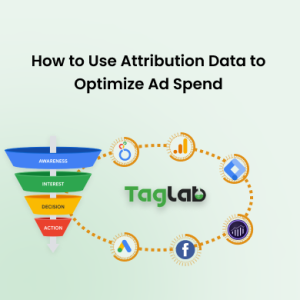Your cart is currently empty!
Marketing Mix Term Meaning
Posted by:
|
On:
|
The Marketing Mix is a foundational model in marketing that includes the key elements necessary to successfully market a product or service. Traditionally, it consists of four Ps: Product, Price, Place, and Promotion. These elements help businesses make strategic decisions to meet customer needs and achieve marketing objectives.
Detailed Explanation
The Marketing Mix is a crucial concept in marketing management. The four Ps represent the different areas a company can control to influence the demand for its products or services.
- Product: Refers to the goods or services offered by a business. It includes decisions about product design, features, quality, branding, and packaging.
- Price: Involves the pricing strategy used to sell the product. It includes determining the right price point, discounts, and pricing models to attract customers and achieve profitability.
- Place: Encompasses the distribution channels and locations where the product is sold. It involves decisions about logistics, market coverage, and distribution methods to ensure the product reaches the target market.
- Promotion: Covers the various methods used to communicate with and persuade potential customers. It includes advertising, sales promotions, public relations, and direct marketing.
By carefully balancing these elements, businesses can create a cohesive marketing strategy that meets customer needs and supports overall business goals. The Marketing Mix model has evolved over time, with additional elements such as People, Process, and Physical Evidence being added to address the complexities of modern marketing, especially in the service sector. Effective use of the Marketing Mix helps businesses differentiate their offerings, position themselves in the market, and achieve a competitive advantage.
Key Points
- What it is: A foundational model in marketing that includes the key elements (Product, Price, Place, Promotion) necessary to successfully market a product or service.
- Why it matters: Helps businesses make strategic decisions to meet customer needs, differentiate their offerings, and achieve marketing objectives.
- How to use it: Balance the four Ps (Product, Price, Place, Promotion) to create a cohesive marketing strategy that meets customer needs and supports overall business goals. Consider additional elements (People, Process, Physical Evidence) for service-based businesses.
Examples
- Product Strategy: A smartphone manufacturer focuses on innovative design and cutting-edge technology to differentiate its product from competitors.
- Pricing Strategy: A luxury brand sets premium prices to position its products as high-end and exclusive.
- Place Strategy: An e-commerce company optimizes its online presence and leverages multiple distribution channels to reach a global audience.
- Promotion Strategy: A beverage company uses a combination of TV ads, social media campaigns, and in-store promotions to increase brand awareness and drive sales.
Related Terms
- Marketing Strategy
- Product Management
- Pricing Strategy
- Distribution Channels
Frequently Asked Questions
What is the Marketing Mix?
The Marketing Mix is a foundational model in marketing that includes the key elements necessary to successfully market a product or service. Traditionally, it consists of four Ps: Product, Price, Place, and Promotion. These elements help businesses make strategic decisions to meet customer needs and achieve marketing objectives.
Why is the Marketing Mix important?
The Marketing Mix is important because it helps businesses make strategic decisions to meet customer needs, differentiate their offerings, and achieve marketing objectives. By balancing the elements of Product, Price, Place, and Promotion, businesses can create a cohesive marketing strategy that supports overall business goals.
How can businesses use the Marketing Mix effectively?
Businesses can use the Marketing Mix effectively by carefully balancing the four Ps (Product, Price, Place, Promotion) to create a cohesive marketing strategy that meets customer needs and supports overall business goals. For service-based businesses, additional elements such as People, Process, and Physical Evidence may also be considered.



